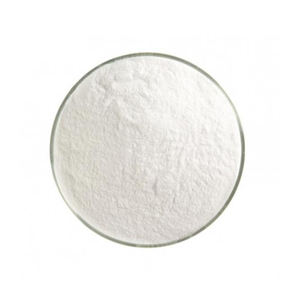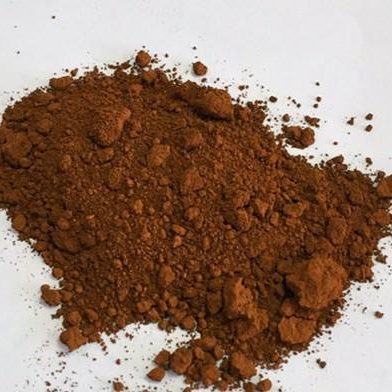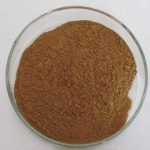Professional and high-quality metal alloys, ceramic products and concrete additives | RBOSCHCO
PRODUCT PARAMETERS
Description
Overview of Iron Oxide (Fe2O3)
Iron oxide, chemically denoted as Fe2O3, is a common compound found in nature and is widely used in various industries. This oxide exists in several forms, including hematite and magnetite, each with its unique properties. Hematite, the most stable form of iron oxide, is the primary ore of iron and is responsible for the red coloration seen in many rocks and soils. Magnetite, on the other hand, exhibits magnetic properties due to its iron content.
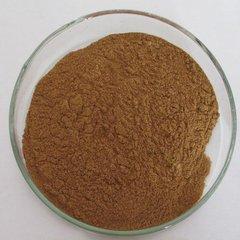
(Iron Oxide Fe2O3 CAS 1309-37-1)
Characteristics of Iron Oxide (Fe2O3)
Color and Appearance: Iron oxide typically appears as a red-brown solid, with hematite exhibiting a distinct red coloration.
Chemical Properties: It is insoluble in water but soluble in acids, releasing iron ions into the solution.
Stability: Iron oxide is relatively stable under normal conditions, but it can react with other elements to form different compounds.
Magnetic Properties: Magnetite, a form of iron oxide, is strongly magnetic, attracting iron objects.
Industrial Importance: Iron oxide finds widespread use in the production of iron and steel, pigments, and various other industrial applications.
Parameter table of Iron Oxide (Fe2O3)
| Iron Oxide Properties | |
| Other Names | ferric oxide, red iron oxide, micaceous iron oxide, Fe2O3 powder |
| CAS No. | 1309-37-1 |
| Compound Formula | Fe2O3 |
| Molecular Weight | 159.69 |
| Appearance | Reddish-brown Powder |
| Melting Point | 1566 °C |
| Boiling Point | N/A |
| Density | N/A |
| Solubility in H2O | Insoluble |
| Exact Mass | 159.855 g/mol |
| Iron Oxide Health & Safety Information | |
| Signal Word | N/A |
| Hazard Statements | N/A |
| Hazard Codes | N/A |
| Risk Codes | N/A |
| Safety Statements | N/A |
| Transport Information | NONH |
Application of Iron Oxide (Fe2O3)
Iron and Steel Production: Iron oxide is a crucial resources in the manufacture of iron and steel, functioning as the primary source of iron.
Pigment Industry: Because of its color and protection, iron oxide is widely utilized as a pigment in paints, coverings, and inks.
Ceramics and Glassmaking: It is employed as a colorant in ceramics and glass, imparting a red or brown hue.
Magnetic Applications: Magnetite, a form of iron oxide, is used in the manufacturing of magnets and magnetic storage devices.
Water Treatment: Iron oxide can be used as a flocculant in water treatment plants to remove impurities
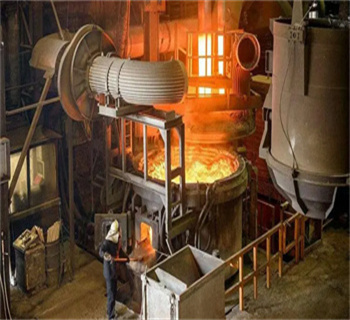
Iron and Steel Production
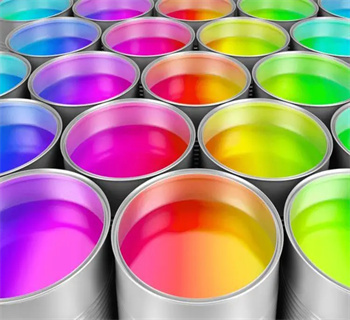
Pigment Industry
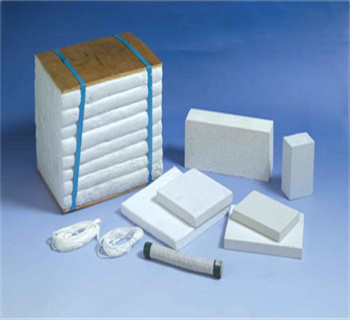
Ceramics and Glassmaking

Magnetic Applications

Water Treatment
Production Method of Iron Oxide (Fe2O3)
Chemical Precipitation Method
Ferric salts like FeCl₃ or Fe(NO₃)₃ are dissolved in water to form a ferric salt solution. Then, an alkali such as NaOH or NH₃·H₂O is added to the solution. This leads to the formation of ferric hydroxide (Fe(OH)₃) precipitate according to the reaction: Fe³⁺ + 3OH⁻ → Fe(OH)₃↓. Finally, the precipitate is calcined at 400 – 600°C, causing it to decompose into Fe₂O₃: 2Fe(OH)₃ → Fe₂O₃ + 3H₂O.
Sol-Gel Method
Iron alkoxide, for example Fe(OC₂H₅)₃, is mixed with solvents like alcohol and water and undergoes hydrolysis to form a sol. The sol is then aged to form a gel network. After removing the solvents by drying, the gel is calcined at 500 – 800°C to obtain nanocrystalline Fe₂O₃. This method can produce ultra-fine particles with a uniform distribution, typically in the range of 10 – 100 nm.
Hydrothermal Synthesis
In a sealed autoclave, FeCl₃ reacts with NaOH at 150 – 250°C: FeCl₃ + 3NaOH → Fe(OH)₃↓ + 3NaCl. Then, through controlled dehydration, Fe(OH)₃ is converted into Fe₂O₃. This method allows for the tailored synthesis of Fe₂O₃ with specific crystal morphologies, such as rods or spheres.

Company Profile
RBOSCHCO is a trusted global chemical material supplier & manufacturer with over 12-year-experience in providing super high-quality chemicals and nanomaterials, including boride powder, nitride powder, graphite powder, sulfide powder, 3D printing powder, etc.
The company has a professional technical department and Quality Supervision Department, a well-equipped laboratory, and equipped with advanced testing equipment and after-sales customer service center.
If you are looking for high-quality Iron Oxide (Fe2O3), please feel free to contact us or click on the needed products to send an inquiry.
Storage Condition of Iron Oxide (Fe2O3)
- Sealed Containers: Use airtight bags/jars to prevent moisture absorption.
- Dry Environment: Store at ≤40% humidity, 15–25°C; add desiccants if needed.
- Chemical Isolation: Avoid acids/bases to prevent reactions.
- Stable Handling: Minimize vibration to prevent particle clumping.
- Light/Heat Protection: Store in cool, shaded areas away from direct sunlight.
Payment Term
L/C, T/T, Western Union, Paypal, Credit Card etc.

Shipment Term
By sea, by air, by express, as customers request.
Q1:
What is the difference between hematite and magnetite?
Re: Hematite and magnetite are both forms of iron oxide, but they differ in their physical and chemical properties. Hematite is the most stable form of iron oxide and is non-magnetic, while magnetite is strongly magnetic due to its iron content. Additionally, hematite typically appears as a red-brown solid, while magnetite can vary in color.
Q2:
Is iron oxide harmful to humans?
Re: Iron oxide is normally thought about risk-free for humans in its all-natural form. Nevertheless, inhaling big amounts of iron oxide dust can be unsafe, causing respiratory system concerns. Furthermore, certain synthetic kinds of iron oxide used in pigments or other applications may position dangers otherwise dealt with effectively.
Q3:
How is iron oxide used in the pigment industry?
Re: Iron oxide is commonly used in the pigment sector due to its shade and safety. It is used as an all-natural colorant in paints, finishings, inks, and different other products, imparting a red or brown color. Iron oxide pigments are in addition recognized for their long life and resistance to fading, making them excellent for outdoors applications.
Q4:
Can iron oxide be used for water purification?
Re: Yes, iron oxide can be used for water filtration. It can be employed as a flocculant in water treatment plants, where it aids to remove impurities by clumping them with each other and settling them out of the water. This process makes the water much more transparent and much safer for intake.
Q5:
Is iron oxide environmentally friendly?
Re: Iron oxide is usually considered environmentally friendly. It is a naturally taking place compound that does not pose a significant risk to the environment in its natural type. Nevertheless, artificial kinds of iron oxide used in details applications may have environmental effects relying on their production and disposal techniques. Proper disposal and reusing practices must be complied with to lessen any potential environmental impacts.
REQUEST A QUOTE
RELATED PRODUCTS
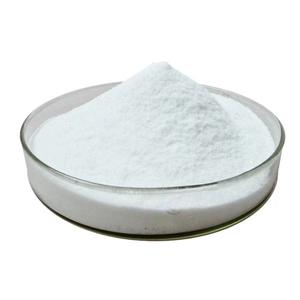
TIN II OXIDE with High Quality Cas 21651-19-4 Tin 2 Oxide TIN II OXIDE Manufacturer
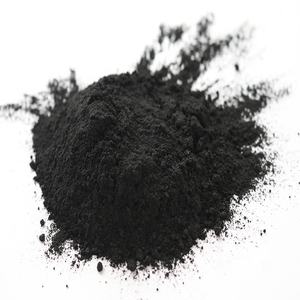
Multi-purpose 99% Fe3O4 Super Fine High Purity Fe Magnetite Iron Powder

Adjustable Pore Size Activated Aluminum Oxide Super Fine Activated Gamma-Al2O3 for Activated Alumina Ball
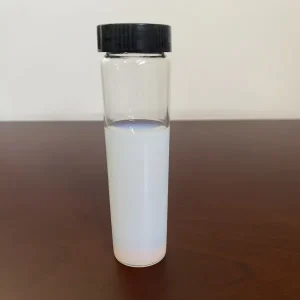
Solid Silica Dispersant TRPMSiOT10 High Quality Silica Nanoparticle Dispersion
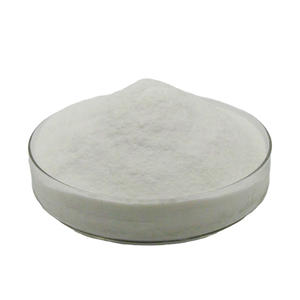
Titanium Oxide TiO2 powder CAS 13464-67-7
